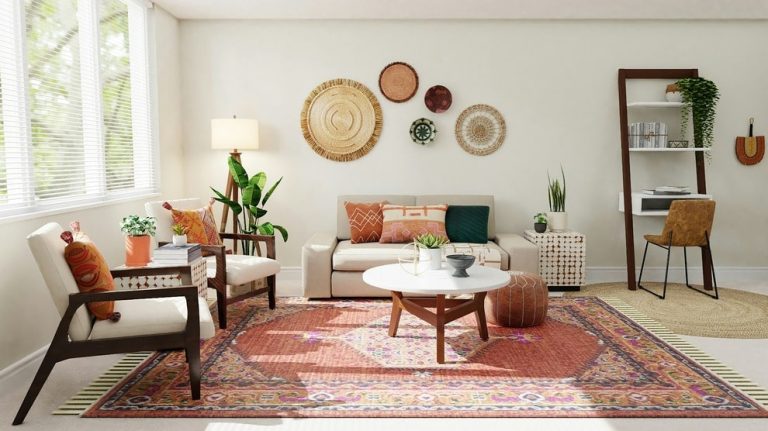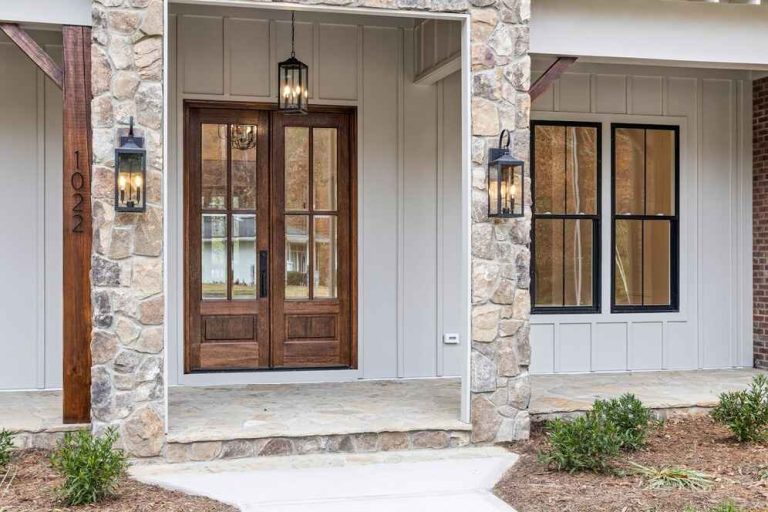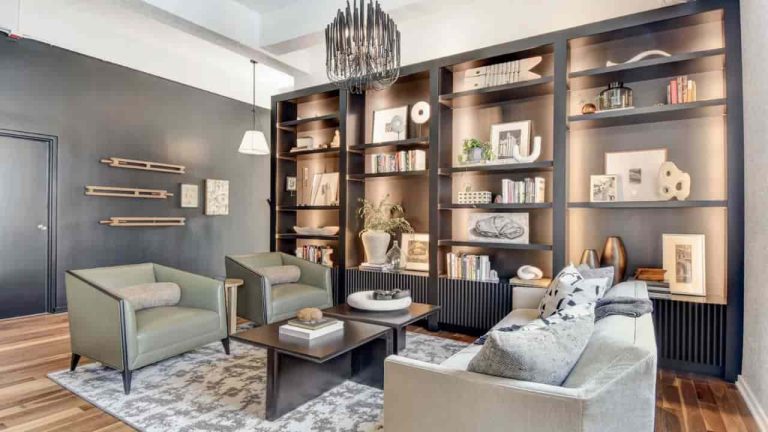A rectangular patio gives you a clean, simple space that’s easy to arrange and decorate. Whether you want a place for dining, relaxing, or entertaining, the shape offers plenty of flexibility to suit your needs. The best patio layout for a rectangle balances open space with seating and features, making your backyard both functional and inviting.

You can play with different patterns, furniture styles, and accessories to make your rectangular patio feel cozy or modern. Using rugs, plants, or lighting helps break up the straight lines and adds personality. Your patio can be a perfect spot to enjoy the outdoors without feeling crowded or empty.
With some smart planning, you can turn your rectangular patio into a spot that fits your lifestyle and looks great year-round. There are many ways to maximize space, so you can create an outdoor area you’ll want to spend time in every day.
Rectangular Patio Layout Fundamentals

When planning a rectangular patio, you want to focus on the shape, size, and how sunlight hits the area. These details help you design a space that feels balanced and comfortable. Getting these basics right sets the stage for a patio you’ll enjoy.
Understanding the Rectangle Shape
A rectangular patio offers clear edges and right angles, making it easy to plan furniture and walkways. Its straightforward shape helps you create separate zones, like dining and lounging areas, without awkward corners.
Because the sides are parallel, you can use space efficiently. Long rectangular patios let you line up seating or an outdoor kitchen easily. If your space is short and wide, think about placing furniture against walls or using rounded pieces to soften the shape.
Measuring and Planning Dimensions
Start by measuring the exact length and width of your patio area. Write down these numbers before you add furniture or plants. Use graph paper or an app to sketch your layout to scale.
Keep at least 3 feet of walking space between furniture pieces. This lets people move easily without bumping into things. Also, consider the size of your larger furniture first, like tables or sofas, then add smaller pieces.
Make a simple list of these points for planning:
- Length and width of the patio
- Space needed for furniture
- Pathways for walking
- Areas for special features like fire pits or planters
Assessing Light and Shade
Look at how sunlight moves during the day in your patio area. Note spots that get full sun, partial shade, or full shade. This will affect where you put seating or plants.
If most of the area is in full sun, think about adding umbrellas or a pergola. For shady spots, choose furniture and plants that thrive without much sun.
Using a simple chart can help decide:
| Light Level | Best Use |
|---|---|
| Full Sun | Sun-lovers seating, sun plants |
| Partial Shade | Flexible seating, mixed plants |
| Full Shade | Cool seating, shade-tolerant plants |
This way, your patio will be comfortable and look good all day.
Popular Rectangle Patio Arrangement Ideas

You can create a balanced and functional space by arranging your rectangular patio carefully. Using zones for different activities, placing furniture evenly, or adding levels can make your patio both stylish and practical.
Zoning for Dining and Lounging
Divide your rectangular patio into clear areas for eating and relaxing. Place a dining table with chairs on one side, leaving enough space to move comfortably. On the other side, set up a lounge area with sofas or chairs arranged around a coffee table.
Use outdoor rugs or planters to separate these zones visually. This helps keep the space organized and makes it easier to switch between activities. Keep pathways open so people can move freely from one zone to another without feeling crowded.
Symmetrical Furniture Placement
Putting furniture symmetrically helps balance a rectangular patio. Arrange seating pieces so they mirror each other along the patio’s longer side. For example, place a sofa facing two matching chairs across a low table in the center.
This layout feels more formal and structured. It also encourages conversation since people face each other. Use matching cushions or accessories to enhance the symmetry and make the area feel cozy.
Multi-Level Patios
If your space allows, creating different levels can add interest and define areas. Build a raised deck or platform on one end for dining or lounge furniture. Keep the other level open for walking or plants.
Steps connecting the levels should be wide and low for safety. Multi-level patios break up the long rectangle shape visually and add depth. You can use different flooring materials or colors on each level to emphasize the separation.
Creative Design Enhancements for Rectangular Patios

You can use smart design touches to make your rectangular patio more inviting and stylish. Adding clear edges and pathways helps organize the space. Built-in elements bring function and charm. Mixing different decor styles lets you find a look that feels just right.
Pathways and Borders
Pathways guide people through your patio and outside area. Use materials like stone, brick, or pavers to create clean, straight paths. Borders can frame your patio and add contrast by using plants, gravel, or different paving colors.
For example, a narrow strip of flowers or low shrubs along the edge adds color and defines the space. You might also try gravel borders that separate the patio from grass or garden beds. This helps keep your patio neat and makes the transition feel natural.
Incorporating Built-In Features
Built-in features maximize patio space and keep things tidy. Consider adding a stone or brick bench along one side to create seating without extra furniture. A built-in barbecue or fire pit makes your patio ready for cooking and relaxing.
Plan raised planters for growing herbs or flowers, which adds greenery without using up floor space. Adding these features makes your patio more useful and visually interesting.
Blending Outdoor Decor Styles
You can mix styles to fit your taste and surroundings. For a cozy feel, combine rustic wooden furniture with soft cushions and string lights. If you like a modern look, use sleek metal pieces paired with neutral tones.
Try blending elements like colorful rugs, throw pillows, and lanterns for charm. Using layers of texture and color keeps the space lively but balanced. This lets your patio feel unique and comfortable.




